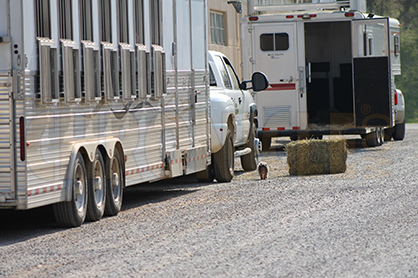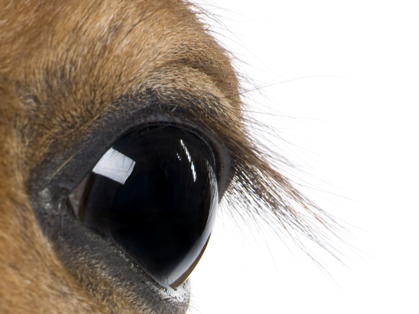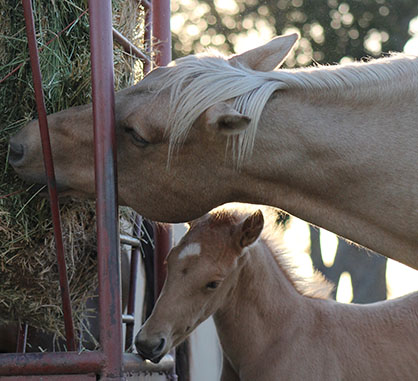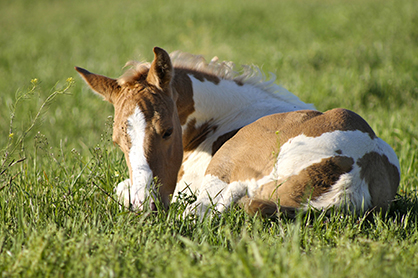
USRider recommends that you check tire pressure before each trip. This is especially important with temperature changes. If you are traveling from a warm climate to a cold climate, air pressure in your tires will drop. On the other hand, when traveling from a cold climate into a warm climate, the air pressure will rise.
Continue reading …Breakthrough in Strangles Vaccine Research
February 7, 2018 Comments Off on Breakthrough in Strangles Vaccine Research
“We are delighted to have shown that our Strangvac vaccine protected over 80 % of horses from this dreadful disease,” said Prof. Jan-Ingmar Flock, CEO of Intervacc AB, the company that produced the vaccine. “Strangles is a scourge of the equine world and the development of Strangvac has the potential to prevent many thousands of horses from falling ill each year.”
Continue reading …New Study Confirms Hendra Vaccine Does NOT Affect Horse Performance
February 7, 2018 Comments Off on New Study Confirms Hendra Vaccine Does NOT Affect Horse Performance
“Precautions must be taken by horse owners, handlers and veterinary staff to minimize the risk of Hendra virus infection in horses and people. Vaccination of horses against Hendra virus is the cornerstone of these precautions.”
Continue reading …Horse Clipping Tips For the Show Pen
February 6, 2018 Comments Off on Horse Clipping Tips For the Show Pen
Get tips like how a No. 15 blade is best for white face markings or how using a No. 40 around the eye can help make it look larger!
Continue reading …Even Non-GMO Isn’t Necessarily Safe…
February 6, 2018 Comments Off on Even Non-GMO Isn’t Necessarily Safe…
Sugar cane, used for your table sugar as well as molasses, is often sprayed with Roundup. But the most alarming crop is your horse’s forage. Your horse’s hay may be the cause of unexplained health issues. According to federal regulations, animal feeds, grass hays, and alfalfa hay are permitted the highest levels of glyphosate that any other food group.[xiii]
Continue reading …Updated Infectious Disease Guidelines For Rhodococcus equi
February 5, 2018 Comments Off on Updated Infectious Disease Guidelines For Rhodococcus equi
“Rhodococcus equi remains a significant disease of growing foals despite considerable research into its treatment and prevention.”
Continue reading …Webinar- Common Mistakes When Building and Maintaining an Outdoor Arena
February 3, 2018 Comments Off on Webinar- Common Mistakes When Building and Maintaining an Outdoor Arena
An arena that is poorly constructed or maintained can cause serious injury to a horse’s ligaments, joints or muscles. Whether you’re thinking about building a new arena or looking to update or repair your current one, this is a webinar you’ll want to watch.
Continue reading …Effects of Therapeutic Riding on Post Traumatic Stress Disorder (PTSD)
February 2, 2018 Comments Off on Effects of Therapeutic Riding on Post Traumatic Stress Disorder (PTSD)
Results showed that participants had a statistically significant decrease in PTSD scores after 3 weeks of THR as well as a statistically and clinically significant decrease after 6 weeks of THR. Logistic regression showed that participants had a 66.7% likelihood of having lower PTSD scores at 3 weeks and 87.5% likelihood at 6 weeks.
Continue reading …When is Horse Feed Too Old to Use?
January 31, 2018 Comments Off on When is Horse Feed Too Old to Use?
“Unlike many products destined for human consumption, bags of horse feed are not required to have manufacture or best-by dates,” said Mike Lennox, manager of formulation and quality control at Kentucky Equine Research (KER). “However, many feed mills do list this information for end users, as well as a lot number for internal use.”
Continue reading …Explore the California Wilderness on Horseback!
January 26, 2018 Comments Off on Explore the California Wilderness on Horseback!
Track wild mustangs in the barren and remote high desert area of Pizona in Inyo National Forest, which plays host to North America’s wildest bands of mustangs. Observe free-roaming herds, blooming wildflowers and other resident wildlife, and learn about the history, social behavior and uncertain future of these proud animals.
Continue reading …







